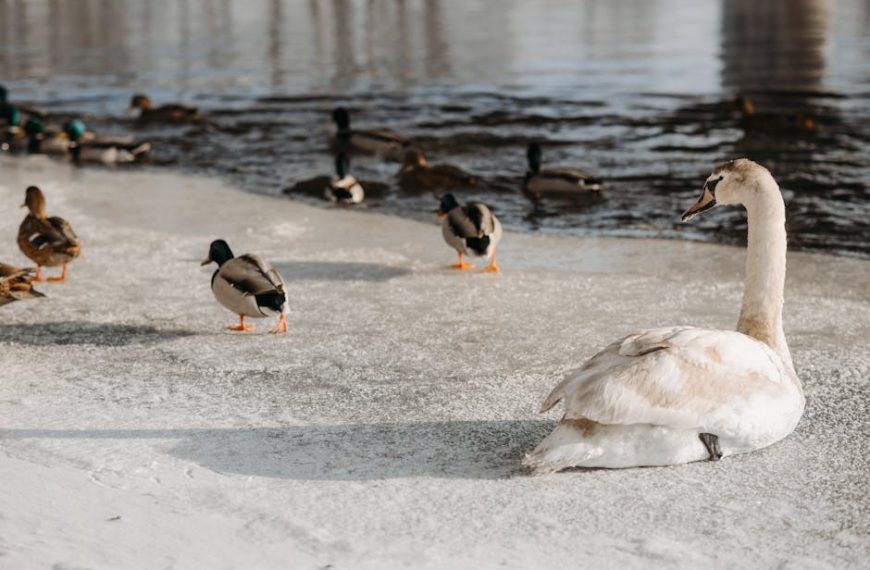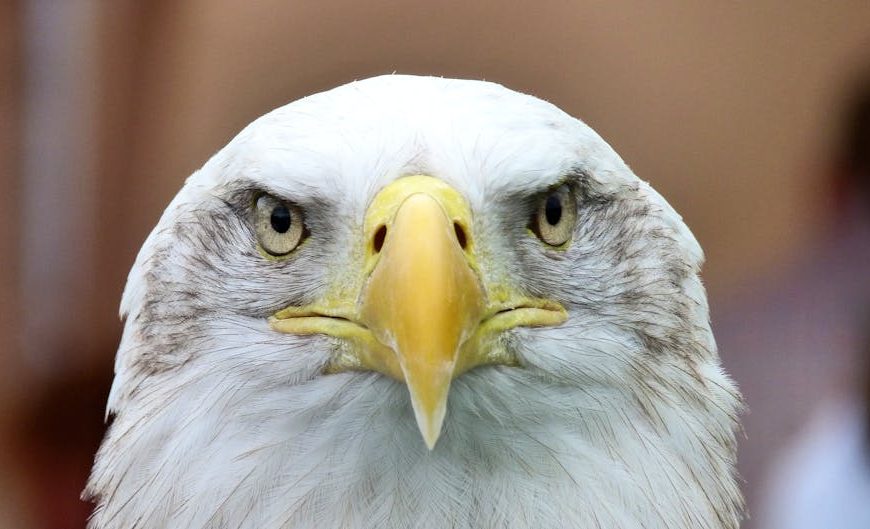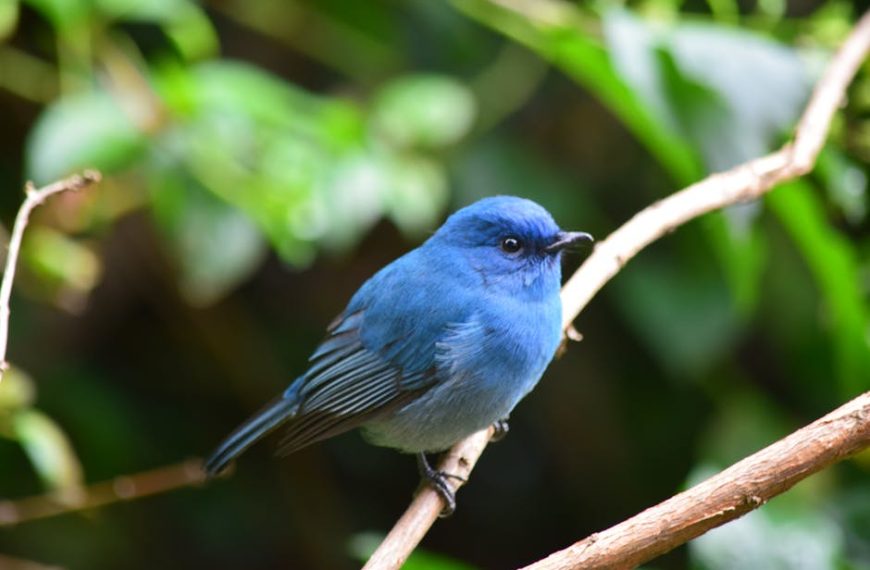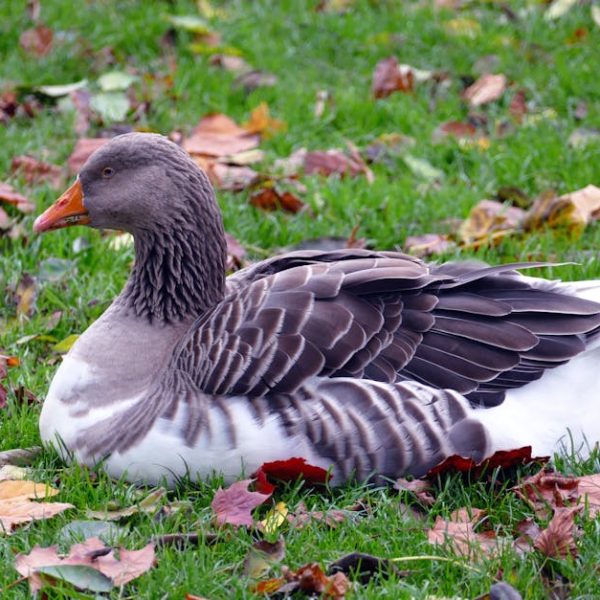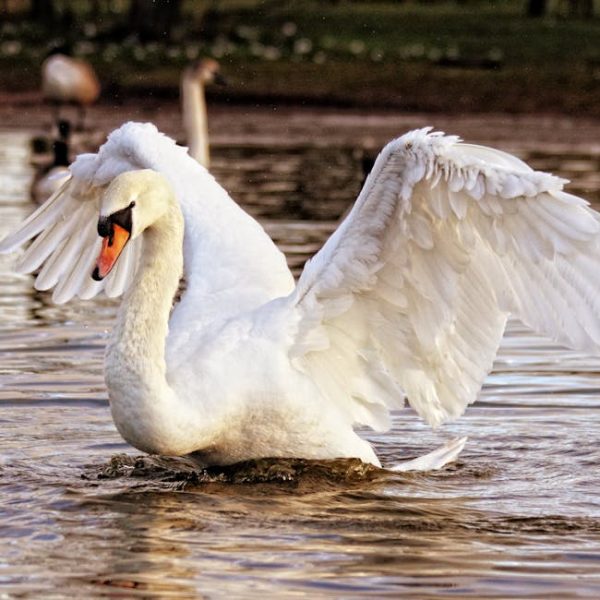Birds, as you’ve likely observed, don’t always journey through the skies at high altitudes; sometimes they fly surprisingly low. But what prompts this behavior? Contrary to common belief, it’s not just because they’re about to perch or land. Many factors influence a bird’s flight altitude, including weather patterns, feeding habits, migration and navigation activities, breeding seasons, and predator evasion.
The Implication of Weather Patterns
Birds are adroit aviators, but they are not impervious to the effects of weather. For instance, low-pressure systems and bad weather can interfere with their flight, sometimes compelling them to fly at lower altitudes than usual. Turbulences associated with stormy weather, especially, are less severe closer to the ground, making lower flight more appealing.
Bird species such as gulls, hawks, and pelicans tend to fly low when weather conditions are subpar. Observing their behavior can provide fascinating insights into how birds adapt to changing weather scenarios.
The Influence of Hunting and Feeding Practices
Just as human meal preferences often dictate our actions, bird feeding habits significantly influence their flight altitude. Many bird species fly low as a hunting strategy, skimming the ground to snatch up unsuspecting prey with remarkable agility.
| Ground Feeders (Low Flyers) | Air Hunters (High Flyers) |
|---|---|
| Robins | Falcons |
| Sparrows | Certain Hawk Species |
| Crows | Swallows |
To identify whether a bird’s low flight is due to feeding, observe their flight pattern. Birds that are feeding often demonstrate a more erratic flight pattern, frequently changing directions as they spot potential prey.
Effects of Migration and Navigation
Seasonal migrations also play a significant role in determining how high or low birds fly. Migratory birds often fly at greater altitudes during long-distance flights. However, aspects such as terrain topography, the need for a rest-stop, and local weather conditions might lead them to decrease their altitude.
Here are some of the most frequently observed migratory birds and their typical flight altitudes:
- Robins and sparrows typically fly between 150 and 800 feet.
- Migratory birds of prey such as hawks and eagles usually fly between 1200 and 1500 feet.
- Geese can fly as high as 3000 feet during migration, although weather and other factors can considerably alter this.
Remember, the best time to watch these amazing migrations is during the spring and fall seasons when numerous species take to the skies on their massive, intercontinental journeys.
Impact of the Breeding Season
Breeding season also brings a noticeable change in a bird’s flight altitude. This shift often involves territory marking, courtship rituals, or nesting behavior. For instance, birds may fly lower to sing, display their plumage, engage rivals, or perform acrobatic flights—all to woo a mate.
| Breeding Season Behavior | Non-Breeding Season Behavior |
|---|---|
| Lower altitude flights for territorial display | Higher altitude flights, usually for migration or avoiding weather conditions |
| Erratic flight patterns for courtship rituals | Consistent flight patterns for feeding or migrating |
| Frequent perching for nesting | Less frequent perching, mainly for feeding or resting |
For bird watchers during the breeding season, it is crucial to tread lightly and respect the birds’ territory and activities. Avoid getting too close to their nests and limit loud noises that could unexpectedly disturb them.
Evasion of Predators
Birds also go low and reduce their visibility to protect themselves from predators. Some birds blend with the landscape as an act of camouflage, making it difficult for aerial predators to spot them.
Here’s a look at the upsides and downsides of this strategy:
Pros
- Efficient camouflage
- Reduced visibility from aerial predators
- Quick access to hiding spots
Cons
- Increased vulnerability to ground predators
- Increased energy expenditure due to turbulent air near the ground
Observing birds’ altitude can also hint at predator activity in the area. If you spot birds suddenly flying at a lower altitude, it may be an indication of the presence of a predator. For bird watchers, recognizing these behaviors can offer remarkable insights into the ongoing drama of survival in the avian world.
In conclusion, bird-watching is not just about knowing different species and calls, identifying patterns like these can greatly enhance your knowledge and appreciation of these splendid creatures. And remember, while watching, always respect the birds and their habitats, ensuring your activities don’t disrupt their natural behavior. Your reward will be the enhanced experience that only comes with careful and respectful observation.
Key Takeaway:
- Weather conditions such as low-pressure systems and storms can cause birds to fly at lower altitudes.
- Birds use low-altitude flight as a strategy for hunting and feeding, as it allows them to catch prey on the ground with ease.
- Birds’ migratory behaviors can also influence their flight altitude, with factors like the landscape and need for rest factoring into the altitude they choose to fly.
- The breeding season may make birds fly lower as a part of courtship rituals and territory marking.
- Birds may also fly lower to evade predators and blend with the landscape.
Remember, birds’ flight behaviors provide fascinating insights into their adaptation to various natural phenomena. You can enhance your bird-watching experience by understanding and observing these patterns, while always respecting the birds and their habitats. Happy bird-watching!
FAQs
Q: Do all bird species fly lower during bad weather?
A: No, not all bird species fly lower during bad weather. It largely depends on the species and their individual adaptation to weather conditions.
Q: Do birds fly lower at a certain time of the day for feeding?
A: Birds do alter their flight patterns to feed, but it is not necessarily tied to the time of day. It is more related to their hunting strategy and the availability of prey.
Q: How can I determine if a bird is migrating?
A: Observing the time of year, bird species, and their flight altitudes can help determine if birds are migrating. The spring and fall seasons are typical migration times for many birds.
Q: Does climate change affect birds’ flight altitude?
A: Climate change can affect a bird’s natural habitat and behavior, potentially impacting their preferred flight altitude. However, more research is needed to fully understand this relationship.
Q: Are there specific species of birds that fly lower during the breeding season?
A: Many birds, including common ones like sparrows and robins, may exhibit lower flying behaviors during the breeding season as part of courtship rituals and territory marking.
Feel free to share this article with fellow bird enthusiasts and continue exploring our other posts to learn more about the fascinating world of birds!


